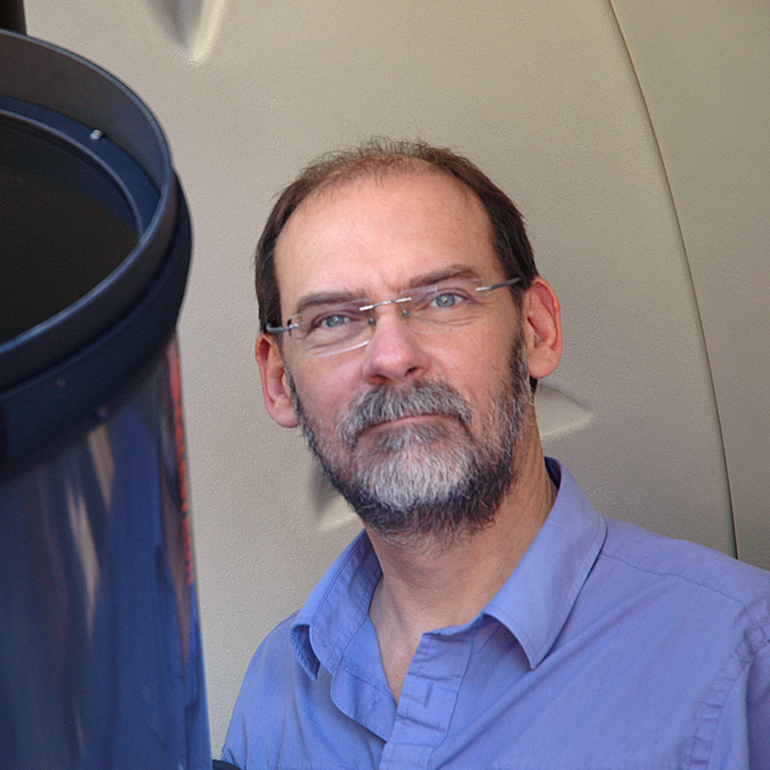A laser collimator is a quick and easy way to accurately fine-tune the optics of your reflecting telescope.
For some, telescope collimation sounds like a dark art, but it’s simply the act of aligning your telescope’s optical elements along the light path.
A poorly collimated telescope is trickier to focus, shows distorted images and poor brightness and contrast.
Top-notch planetary imagers and observers regularly check and adjust their telescopes to achieve optimum performance.
If you're a binocular user, read our guide on how to collimate binoculars.
Which telescopes need collimation?
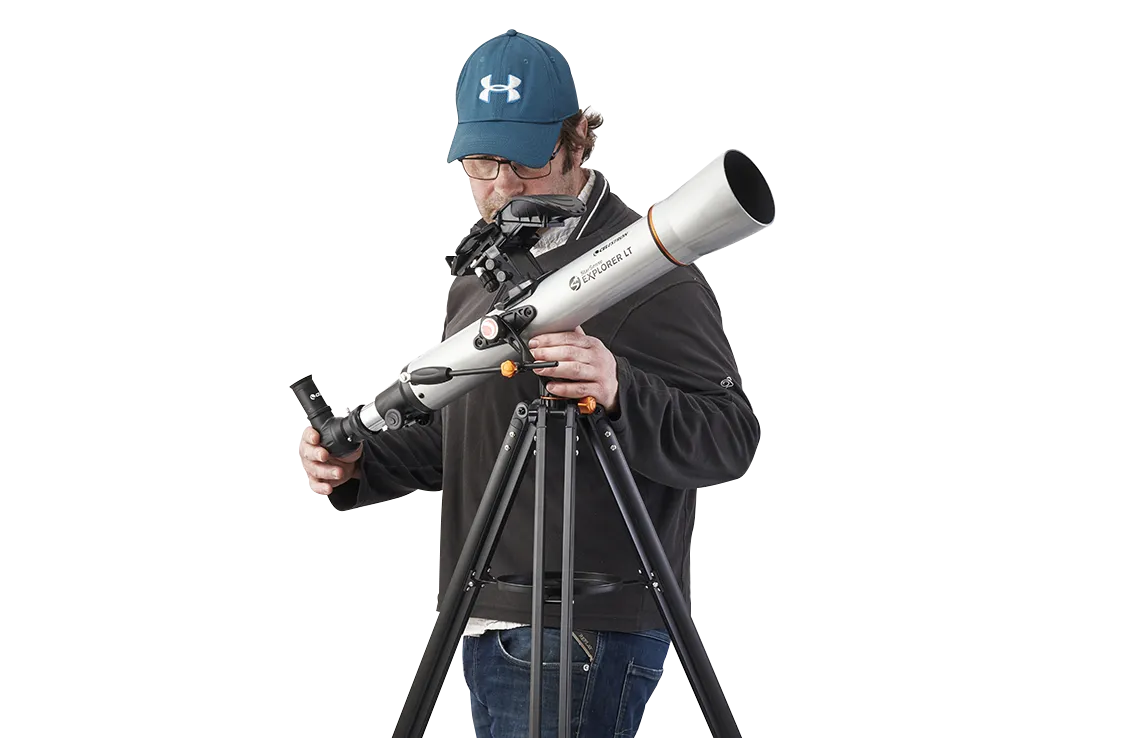
Refractors rarely require adjustment – indeed most don’t even have that facility.
Reflectors (Newtonians and catadioptrics) have heavy, suspended mirrors that are prone to misalignment when moved, or even when pointed to different parts of the sky.
Their mirrors can be adjusted by turning screws at the bottom of the reflector’s tube. Only tiny movements are required
Part of the art is to know which way, and how much, to turn them.For more advice, read our guide on how to collimate a Newtonian telescope.
How do you collimate a telescope?
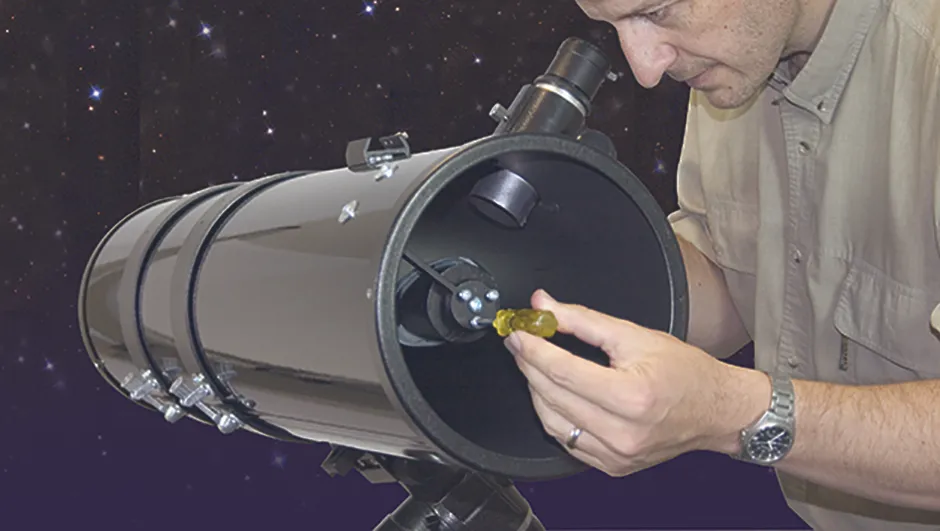
There are numerous methods for achieving collimation, including:
- Visually aligning the mirrors (sometimes with aiming aids like Cheshire eyepieces)
- Examining de-focused star patterns in a high-powered eyepiece or on a monitor
- Tracing the red beam of light from a laser collimator as it reflects from the surfaces of your mirrors.
All methods are valuable, but for simplicity and speed, laser collimators tick all the right boxes.
They can be used to examine all types of telescope, but are perhaps most valuable if you own a Newtonian reflector.
How do laser collimators work?
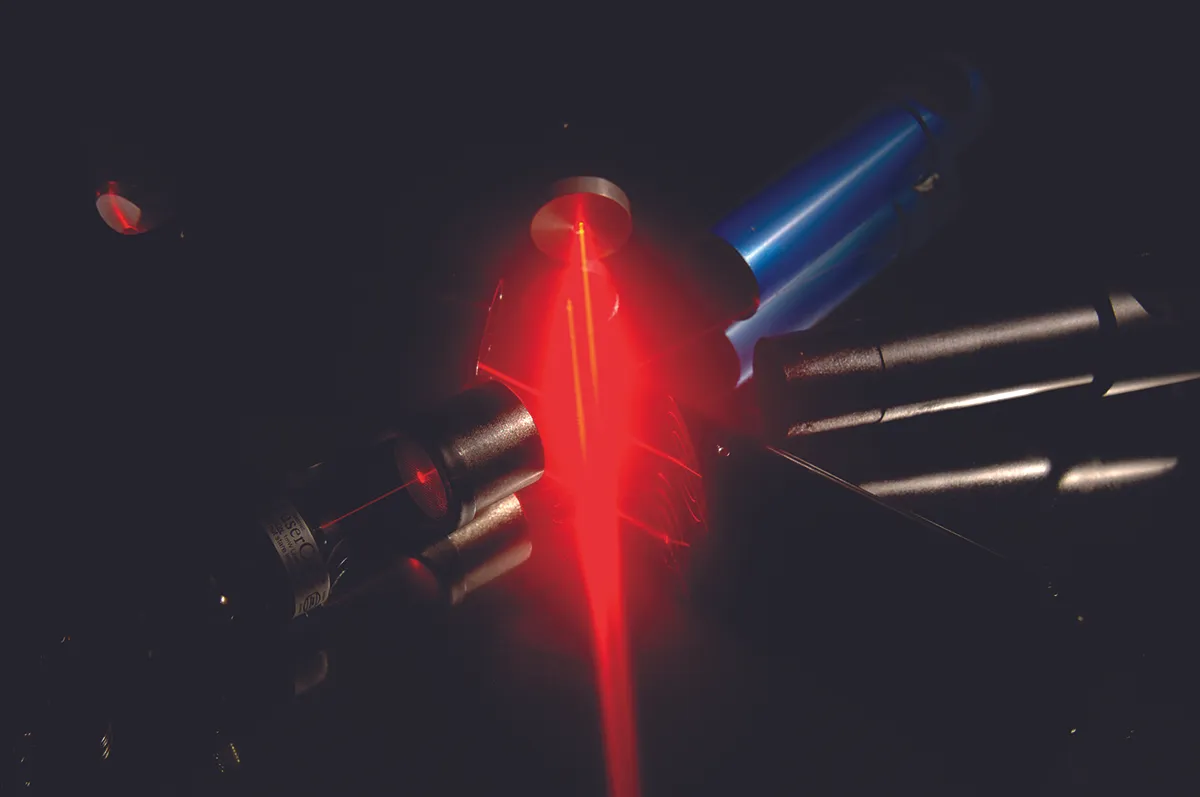
Laser collimators work by projecting a beam of laser light off the secondary mirror in a telescope, down to the main mirror and back again.
If the mirrors are correctly collimated, then the beam should be reflected back upon itself.
A cheaper alternative to a laser-collimating device is the Cheshire eyepiece, which is a sight tube with crosshairs that work as a centre reference.
While these have been around for a long time, it takes practice to use them properly. Another option is a collimating eyepiece.
This has a blank disc with a central hole to keep your eye ‘on axis’ while aligning the mirrors.
In our opinion, laser collimators are quick and simple to use and definitely worth the investment.
What to look for in a laser collimator
Ease of use
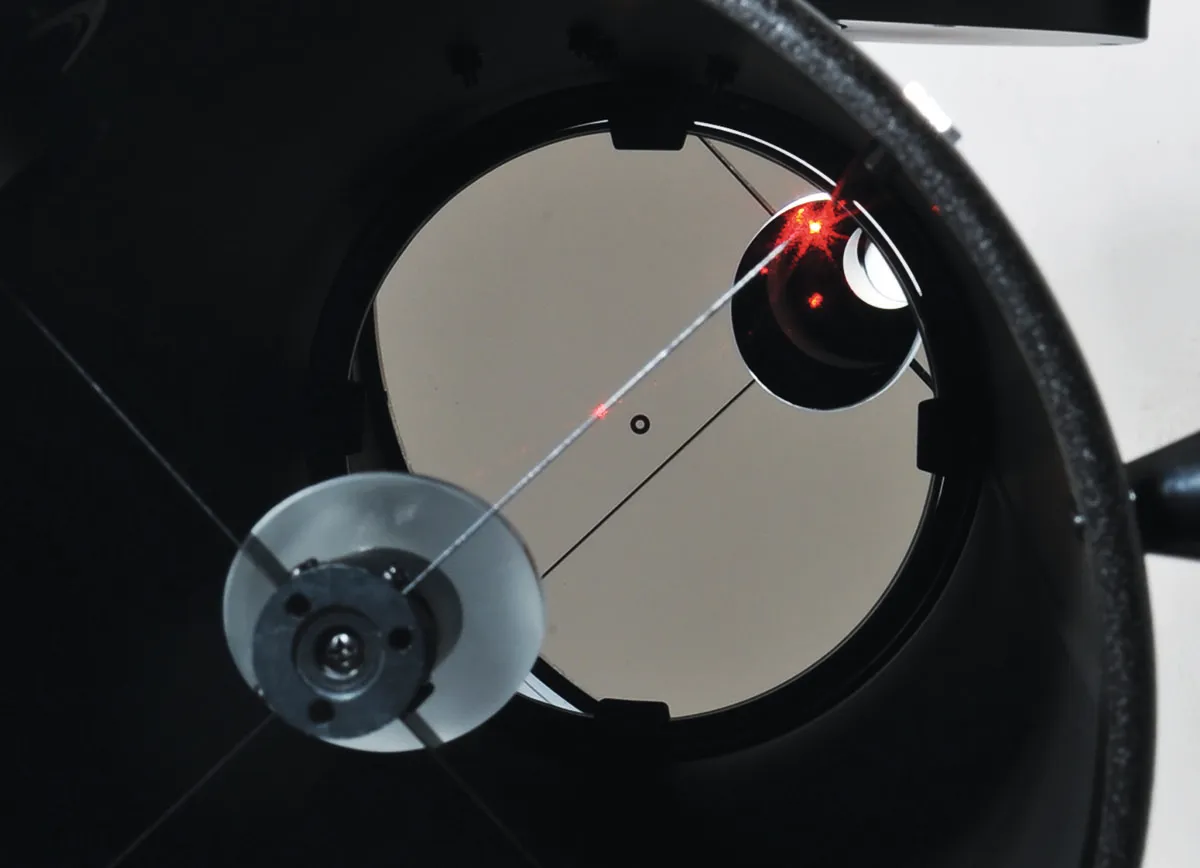
It is vital that you can see the reflected beam as it returns to the collimator, otherwise you might as well collimate your telescope by eye.
Fit

It’s important that the body fits nice and snug in a focuser, or else the collimator could sag and cause misalignment.
Laser beam

This must be bright and focused and accurately aligned inside the casing. A good tip is to rotate the collimator and examine the alignment and beam shape at a distance of 5m (longer than the light path in most amateur telescopes).
Maintenance
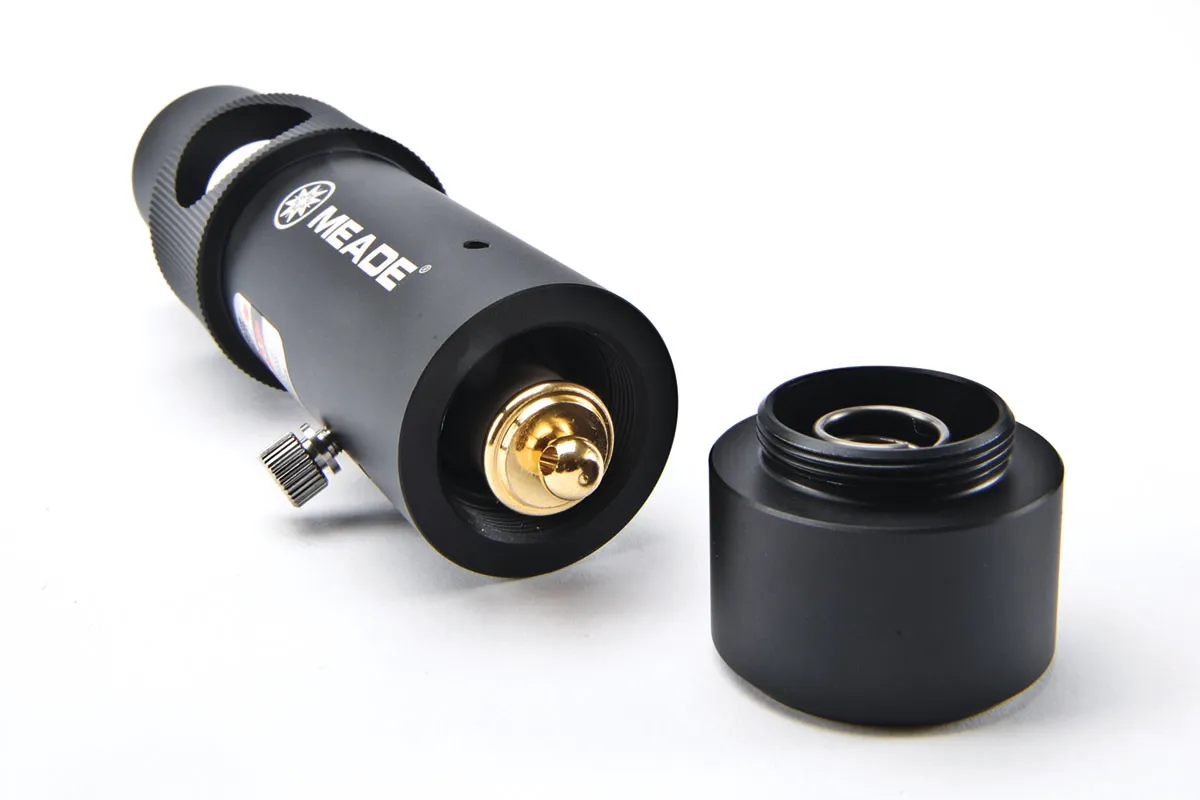
Taking care of your laser collimator should be high on the list, so check for ease of maintenance. It should be easy to access and change the batteries and also to adjust the laser’s alignment.
Operation
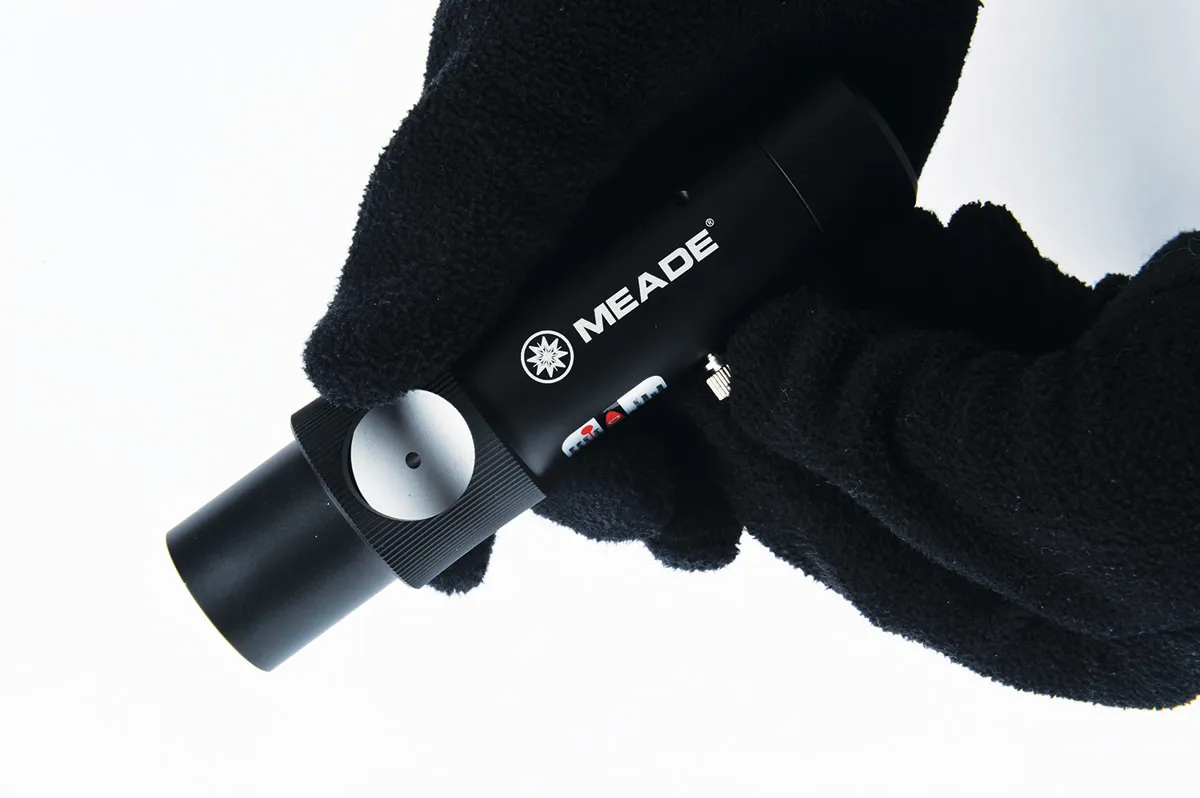
It’s easy to overlook the fundamentals, but it can mean the difference between satisfaction and frustration. The switch and any other controls should be easy to operate, so test the collimator both with and without gloves.
If you've decided that a laser collimator is for you, how can you know which model deserves your investment, and how much should you spend?
To help, we've picked out a selection of laser collimators that are among the best on the market, and links to online retailers.
6 of the best laser collimators for telescopes
1
Bresser 1.25-inch Laser Collimator
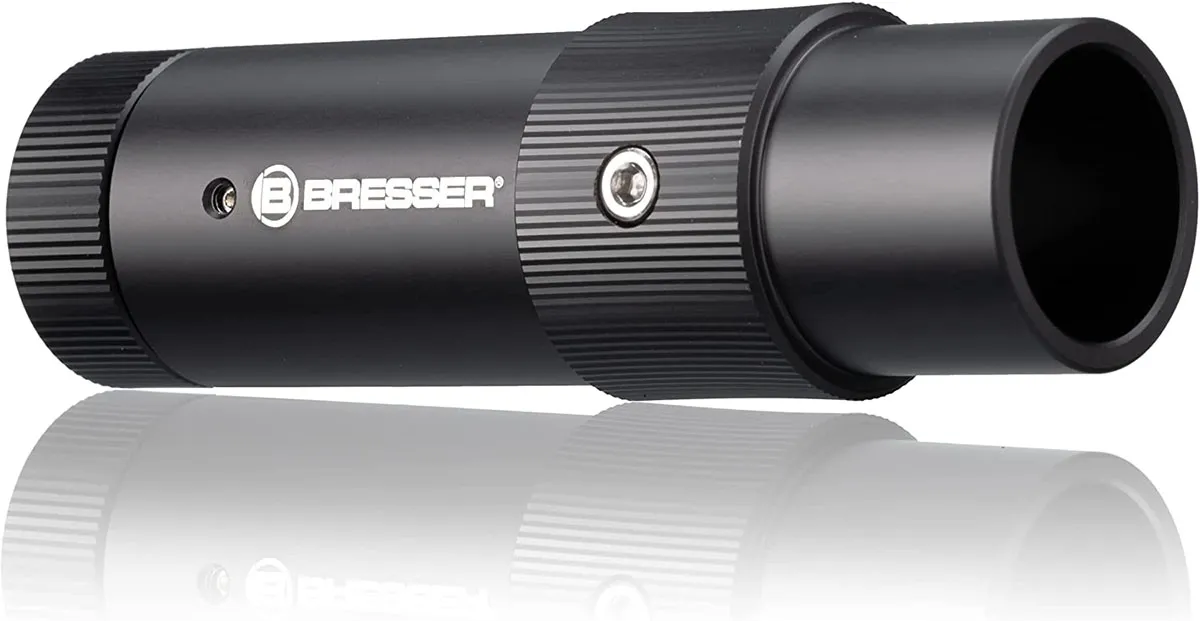
This laser collimator from Bresser fits a 1.25-inch focuser and features a built-in projection area to facilitate collimating reflecting telescopes with long focal lengths.
It's a hefty astronomy accessory, weighing in at well over 200g, and it’s certainly one of the more expensive laser collimators available, but the reputation gained by Bresser for producing well-performing, reliable telescopes and astronomy kit over the years makes this a worthwhile purchase.
What’s more, the laser itself can be adjusted, should it fall out of alignment, meaning that this is a collimator likely to keep your mirrors aligned for a good many years to come.
2
Meade Premium Laser Collimator
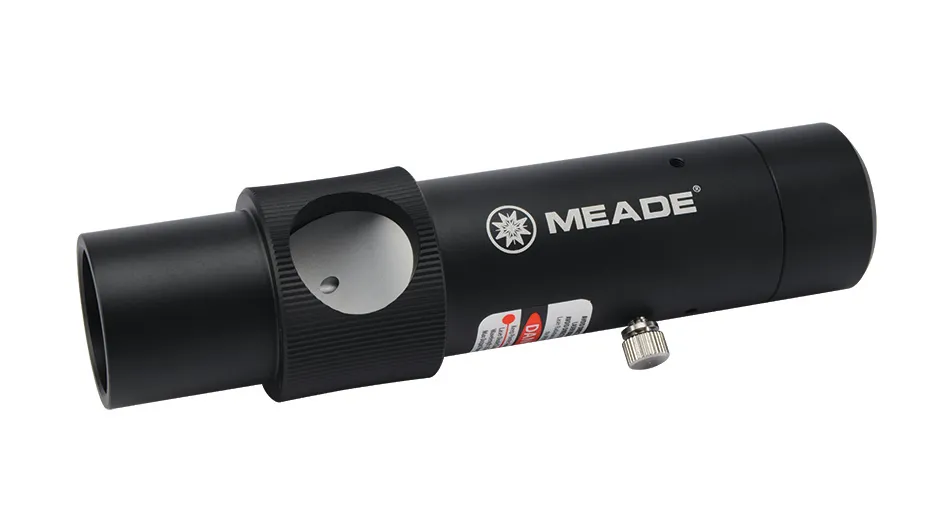
Weighing 254g, the Meade collimator is a weighty, well-machined, solid device with a quality finish.
Measuring 146mm long, your focuser will need to be able to cope with fair load without drooping.
A screw-on end cap houses the internal laser unit where the batteries for the collimator can be changed.
Inside an aluminium outer casing there is a separate laser unit, suspended and aligned inside the main body with three alignment screws.
Helpfully these screws have been left exposed, so any misalignments can be corrected with a tiny Allen key.
The factory setting of this model at 5m was spot on, and the box includes instructions and spare batteries.
The Meade collimator’s beam is bright (rated at <5mW), andswitch is operated by turning a small silver screw.
Read our full Meade Premium Laser Collimator review.
3
Next Generation Laser Collimator
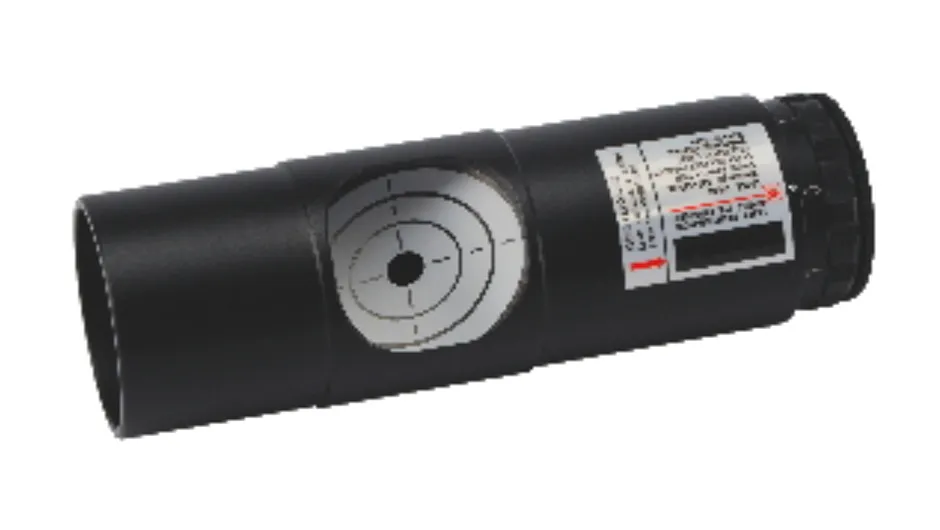
The Next Generation collimator is one of the lighter laser collimators on the market, and measures just 102mm.
This makes for minimal deflection of your telescope's focuser, should you be concerned that might be an issue.
A nice touch is the 1.25 to 2-inch adaptor, included for owners of 2-inch focusers.
This collimator also features a beam whose brilliance can be modified by turning a ring on the end of the casing.
It offers an 'off' option and 7 levels of brightness: the lowest levels are great for collimating at night without dazzling yourself, while the brighter settings make collimation possible during daytime.
Adjustment holes have been sealed up, but in our case this didn't matter: the model we reviewed was well aligned.
This is a laser collimator with a great beam pattern, and were impressed with its adjustable brightness.
Read our full Next Generation Laser Collimator review.
4
Baader LaserColli Mark III
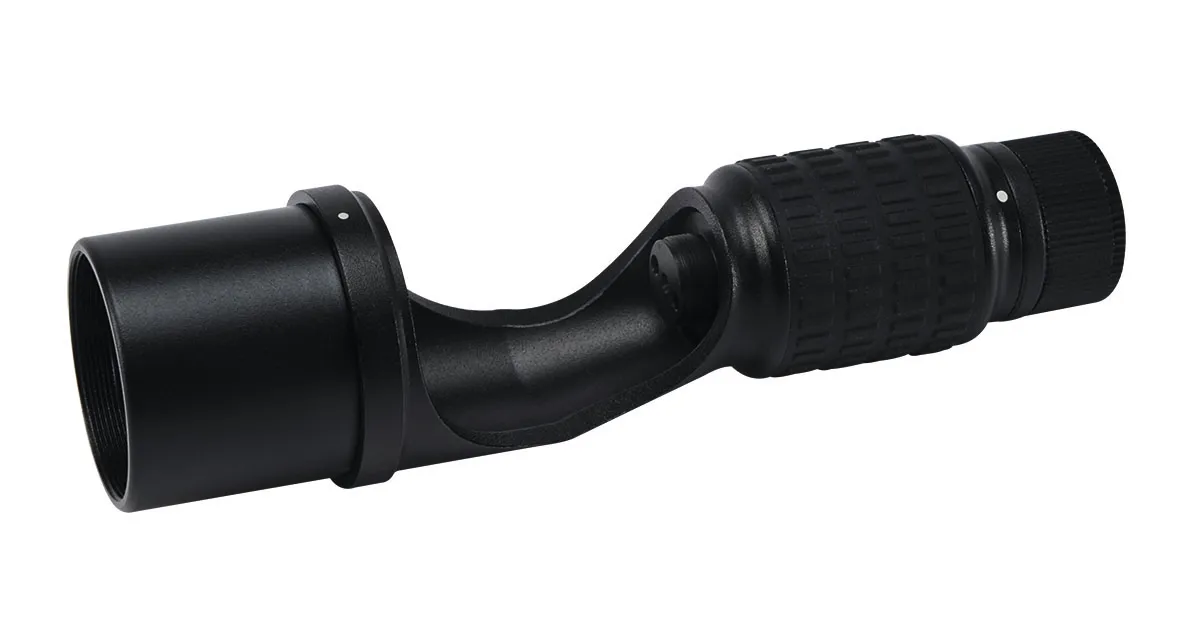
SQUIRREL_13054023
This model has a cutaway body, it's small and lightweight and puts very little strain on the focuser. We liked the rubber sleeve, which makes it less likely to slip out of gloved fingers. So too the generous shoulder that fits the unit squarely in the focuser.
The combined battery housing and power switch rotates on and off with a reassuring click. Factory-set collimation of the beam was spot on and although the laser is rated at 1mW, the beam was bright and round at 5m.
The screen arrangement consists of a clear window with a central hole for the beam to pass through, mounted perpendicular to the central axis.
The screen is etched with a grid of finely-ruled crosses. As the returning beam passes through, these glow brightly to form a pinpoint of red light.
This helps achieve precision and the large cutaway section means you can view it easily from the far end of the telescope.
The Baader collimator also comes with instruction sheets and a dust cap, which also offers some protection against stray light from inadvertent operation of the switch.
Read our full Baader LaserColli Mark III review.
5
Svbony laser collimator
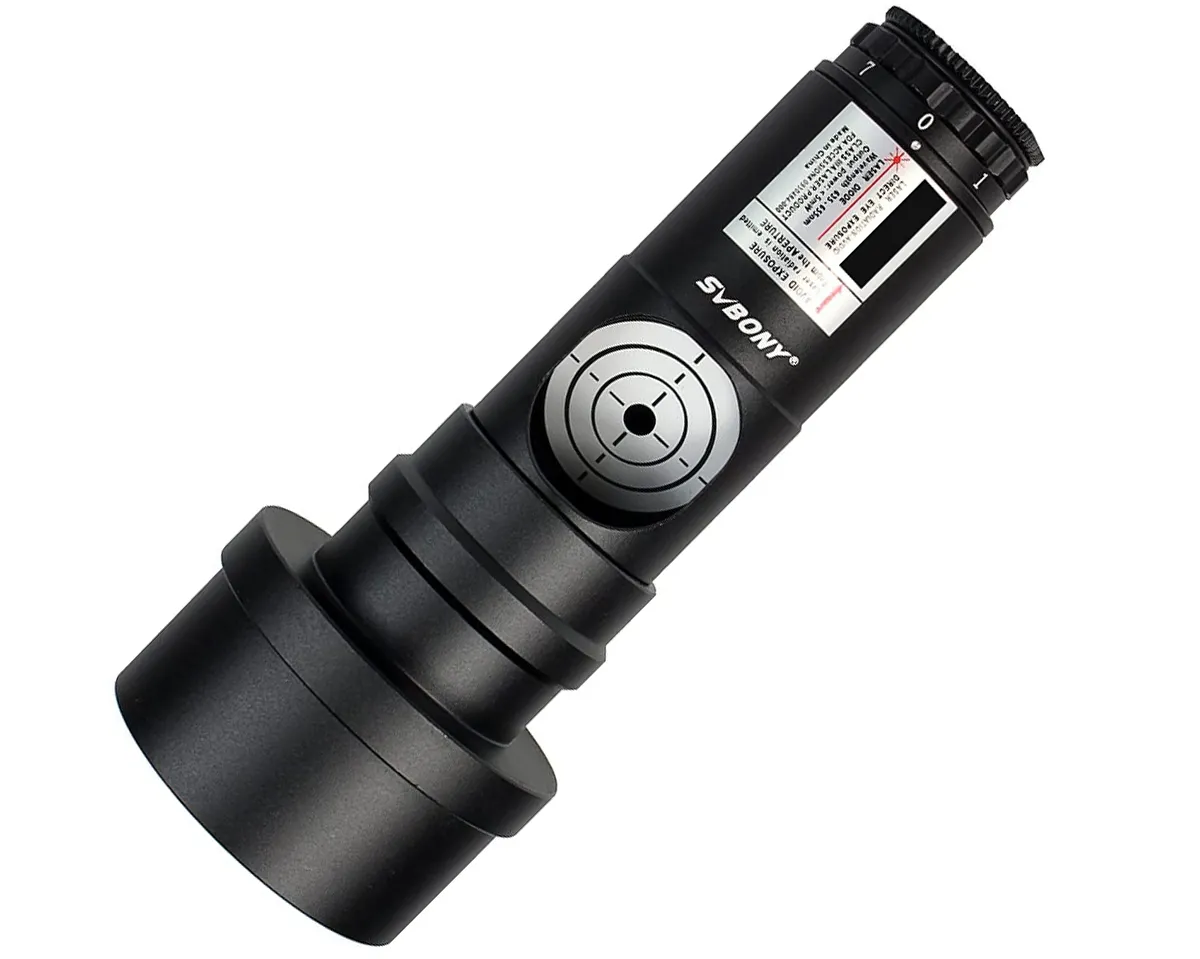
The Svbony 1.25-inch laser collimator features a triple lens to reduce distortion and aberration, and has a reduced red dot compared to earlier models, in a bid reduce the accuracy of the device.
It features 7 adjustable brightness levels for collimating during day or night, and the collimator also comes with batteries.
A nice touch is the 2-inch adaptor, increasing this collimator's usage across different telescopes.
6
HoTech Advanced CT Laser Collimator
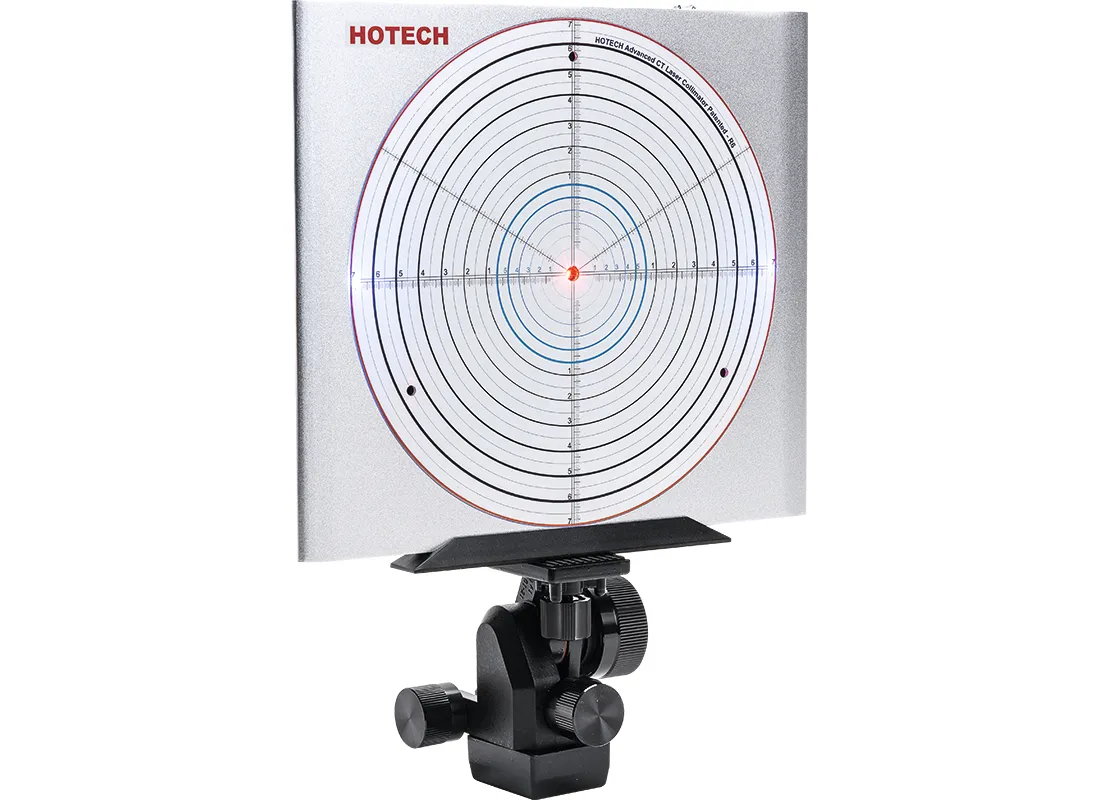
SQUIRREL_13054131
The HoTech advanced CT laser collimator is designed with Cassegrain telescopes in mind.
It doesn't look like a normal laser collimator because it doesn't slot into the focuser. Instead it's made up of a laser target display that sits in front of a compound telescope, a fine adjustment adaptor to attach it to a tripod and a 1.25- or 2-inch reflector mirror that slots into the focuser at the back of the telescope to be collimated.
Also included are a soft carry case and a 3V CR123 lithium battery to power the laser.
The HoTech collimator is easy to operate, although care must be taken with the initial setting up of the target display in relation to the telescope's optical axis.
But, when everything is followed carefully to the letter and particular attention is paid to the setup stage, this accessory does its job brilliantly.

